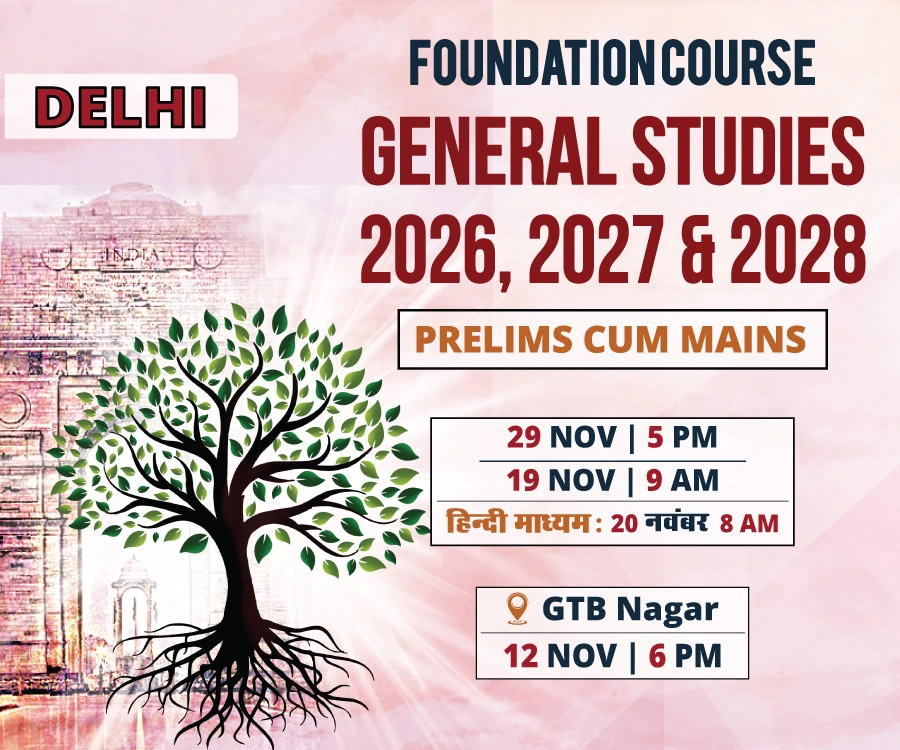Why in the News?
India’s Chief of Defence Staff highlighted issue of Grey-zone warfare during the discussion over informal wars at the 9th edition of Raisina Dialogue.
More about the News
- Chief of Defence Staff said this is being used in the South China Sea and along India’s northern borders.
- Also, as per reports, China is using grey-zone warfare tactics against Taiwan.
- Experts from US and European have characterised certain Russian and Chinese actions of late as examples of grey zone warfare.
Why Grey-zone Warfare is preferred over other methods?
|
About Grey-zone Warfare
- Grey-zone Warfare involves the use of unconventional tactics and strategies that fall below the threshold of traditional warfare.
- It aims to harm an adversary without them feeling threatened or realising they are under attack.
- E.g. Salami slicing practice of China. It is a strategy that involves taking over territory in a very gradual manner, testing the opponent’s limits of threshold.
- It has been allegedly used by China for territorial expansion in the South China Sea.
- In Grey Zone Warfare, activities are generally unseen and insidious.
- There are no rules and the front line is everywhere.
- The dividend of the grey-zone warfare action may be available only after a long time.
- It tends to escalate in multiple dimensions and leads to unintended over-escalation.
Key Activities/Components
- Cyber Operations: It includes hacking and stealing data, corrupting data, spreading disinformation, and conducting cyber espionage etc.
- It disrupts critical infrastructure, political systems, or economy without causing direct physical harm. E.g. Cyber-attack at power grid in Maharashtra.
- Information Warfare: Psychological operations are used to shape public opinion, create divisions, and undermine trust in institutions within the target nation.
- E.g. Propaganda, rumours and fake news, social media manipulation, etc.
- Support to Proxy Forces: Under it, support is provided to non-state actors, insurgents, or militias. It enables enemies to fulfil their objective without officially engaging in direct conflict.
- E.g. Insurgent, naxals groups in India receive support from foreign Agencies.
- Economic Coercion: It includes imposition of sanctions, trade restrictions, or manipulating financial markets to undermine the target nation’s economy or coerce policy changes without resorting to military action.
- E.g. China imposed more trade restrictions as a punitive action against Australia.
- Political Subversion: It undermines political and administrative system. It includes covert means to influence elections, manipulate political processes, etc.
- E.g. Alleged involvement of Russia in Presidential election in US
- Other: Irregular Warfare (such as guerrilla warfare), Legal and Diplomatic Manoeuvring, Military Intimidation etc.
Key Initiatives which helped India to counter Grey-zone warfare
|
Way Forward: Measures which will help India in Tackling Grey Zone Warfare
- Formation of Theatre Commands: The formation of ‘theatre commands’ would contribute to the optimisation of resources and ensure unity of command.
- Promoting Capability: Emphasis should be given on enhancing informational warfare capability and raising the Special Operations, Cyber and Space Commands must be undertaken at the earliest.
- Active Monitoring and Early Warning Systems: Develop advance systems to keep eye across various domains (cyber, information, political, etc.) to detect early signs of Grey Zone attempts and respond promptly.
- Deterrence through Capability Demonstration: Capabilities in cyber, information, economic, other domains can be showcased on a regular basis to deter adversaries.
- India needs to clearly and consistently communicate red lines and consequences for certain unacceptable actions.
- Other: Counter disinformation, prevent funding to insurgent groups etc.
Raisina Dialogue
|








